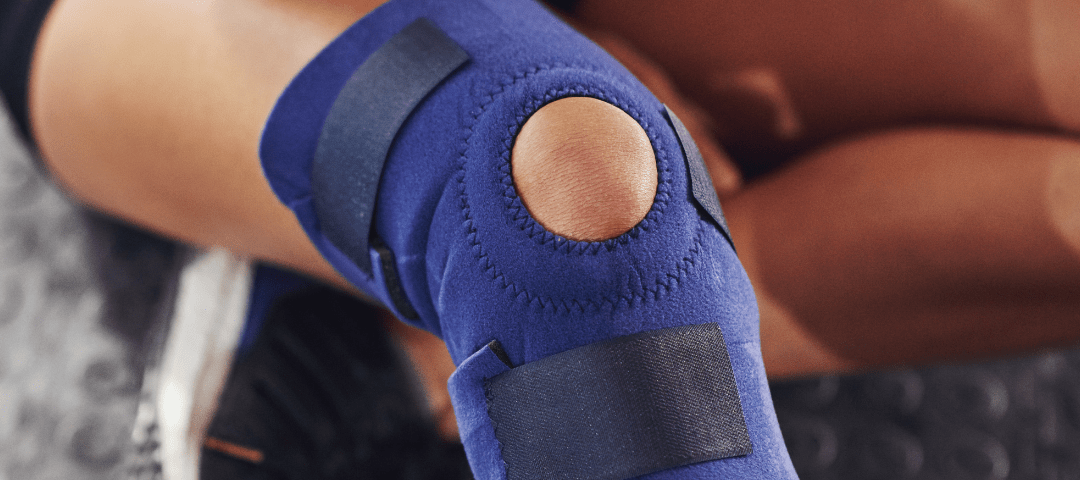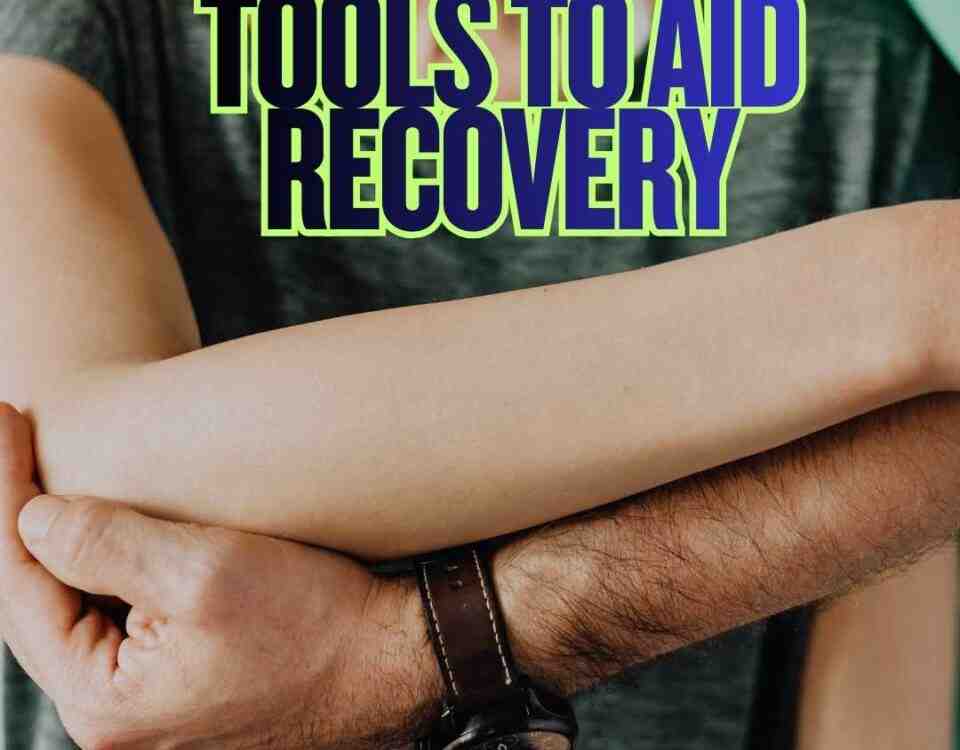4 Reasons to Consider Bracing a Non Injured Knee

Do Robins Avoid Birdfeeders? Why?
July 15, 2024
Vasovagal Countermeasures- Fainting
July 15, 2024- Accident doctor
- accupuncture
- airplane headache
- alzheimer's
- best habits
- Brain Injuries
- car accident
- car accidents
- cervical strain
- colds
- concussion
- Concussions
- disc bulge
- dosage meds
- dry needling
- dull pain
- E bike injuries
- florida
- good posture
- headaches
- Headrest positions
- Headrest positions after an accident
- Healthy choices
- Healthy flying
- healthy gift guide
- Healthy SPring Ideas
- hip pain
- hyperextension
- injury doctor
- insurance
- Kayaking
- kentucky
- kids motion sickness
- lifestyle
- motion sickness
- neck injury
- no fault insurance doctor
- noise healing
- osteoporosis
- pain symptoms
- pink noise
- posterior chain
- posture
- prevent osteoporosis
- Rest
- Scoliosis
- shoulder pain
- Stress with kids after a motor vehicle accident
- TBI
- tips
- tmj
- torn muscle
- Traumatic Brain Injury
- trigger points
- VitaminD
- What are Post Traumatic headaches?
4 Reasons to Consider Bracing a Non-Injured Knee Following an MVA
Motor vehicle accidents (MVAs) can lead to various injuries, including those affecting the knees. At Chambers Medical Group, this is a common diagnosis found in many of our patients. While it may seem counter-intuitive to brace a knee that has not been directly injured in an accident, there are reasons why some doctors may recommend it. Dr. Aaron Workman, a patient favorite at one of the highest rated medical care clinics in Kentucky for people injured in a car accident, discusses four reasons to consider bracing a non-injured knee following an MVA.
- Stability and Symmetry
Following an MVA, it is common for the body to compensate for injuries by altering movement patterns. Even if one knee is directly injured, the body’s natural response can lead to increased stress and strain on the non-injured knee as it bears more weight or alters its typical movement to protect the injured side. Bracing the non-injured knee helps provide stability and encourages symmetrical movement, reducing the risk of secondary injuries or overuse issues.
- Preventive Measure
Bracing a non-injured knee can serve as a preventive measure against potential injuries that may develop due to altered mechanics or increased strain following an MVA. The forces exerted during an accident can affect both knees, even if one appears unaffected initially. By providing external support, a brace can help reduce the risk of developing new injuries or exacerbating existing conditions during the recovery and rehab period.
- Support During Rehabilitation
Rehabilitation following an MVA often focuses on restoring strength, flexibility, and range of motion to the injured area. However, addressing the needs of the non-injured knee can also be important for recovery. A brace can serve as a supportive tool during therapy exercises, ensuring that both knees have stability. This proactive approach can help maintain joint function while promoting a slow return to normal activities.
- Reduced Pain and Discomfort
Even if a knee is not directly injured in an MVA, it may experience discomfort or pain due to secondary factors such as altered gait movements. Your body will not be used to this change in movement and the other knee will compensate for the change. A brace can help alleviate these symptoms by providing gentle compression, support, and proprioceptive feedback that helps the joint during activities. This reduction in pain can enhance overall comfort and encourage more active participation in therapy exercises and daily routines.
While the immediate focus after an MVA will be treating injured areas, considering the use of a knee brace for a non-injured knee can provide significant benefits. I have seen this occur in many cases and it is not unusual to talk to patients about the use of knee sleeves for supporting both bad and good knees. If you find your knees suffering from pain following an MVA, Chambers Medical Group can help.
— This article is written by Aaron Workman, DC, one of the members of Chambers Medical Group’s team of car accident chiropractors who offer a variety of treatments and therapies ranging from diagnostic testing to various soft tissue therapies for car accidents and injuries in Kentucky.
- Car Accident Medical Clinic in Tampa
- Car Accident Medical Clinic in Plant City
- Car Accident Medical Clinic in Brandon
- Car Accident Medical Clinic in Lakeland
- Car Accident Medical Clinic in Sarasota
- Car Accident Medical Clinic in Louisville
- Car Accident Medical Clinic in Lexington
- Car Accident Medical Clinic in Florence




